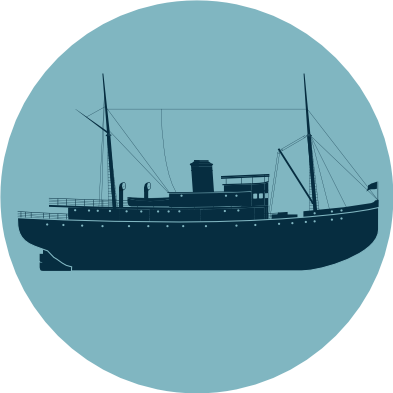
 0
0The beginning of the project in Canada
But why build a hydrofoil?

After the Second World War, the Allied Forces (Canada, the United Kingdom and the United States) feared attacks along their coastlines by the Soviet Union.
The Canadian government decided to explore the possibility of creating a functional hydrofoil.
Three prototypes were built: the eight-ton MASSAWIPPI, the three-ton RX and the seventeen-ton BRAS D’OR R-103 (renamed BADDECK when the BRAS D’OR FHE-400 was built, to avoid confusion).
The three ships shared the same feature: foils breaking through the water to raise the ship’s hull.
-vk3udl2.png?alt=media&token=aac63bc3-b50a-4ba3-817e-7552b94fb8ba)
Is a hydrofoil a good choice?
Certainly!
This type of vessel can not only sail like a conventional ship, but also above water in hydrofoil borne mode.
Hydrofoils patrol the sea looking for submarines when in standard ship mode.
But when a submarine is detected, a hydrofoil can sail at a very high speed to chase it, almost sound-free, owing to her hull raised above water.
Since the drag of the water on the hull is reduced to a minimum, the ship’s sounds also become minimal.

So what was the outcome of the tests?
In 1959, the Canadian government presented test results to a committee of British, Canadian and American experts.
Canada proposed building a 200-ton hydrofoil equipped with surface-piercing load-bearing foils (that pierce water).
Meanwhile, the United States looked into building hydrofoils with entirely submerged load-bearing foils and the United Kingdom explored the development of hovercrafts.
The project was approved by the committee and launched in Canada, in 1960.
